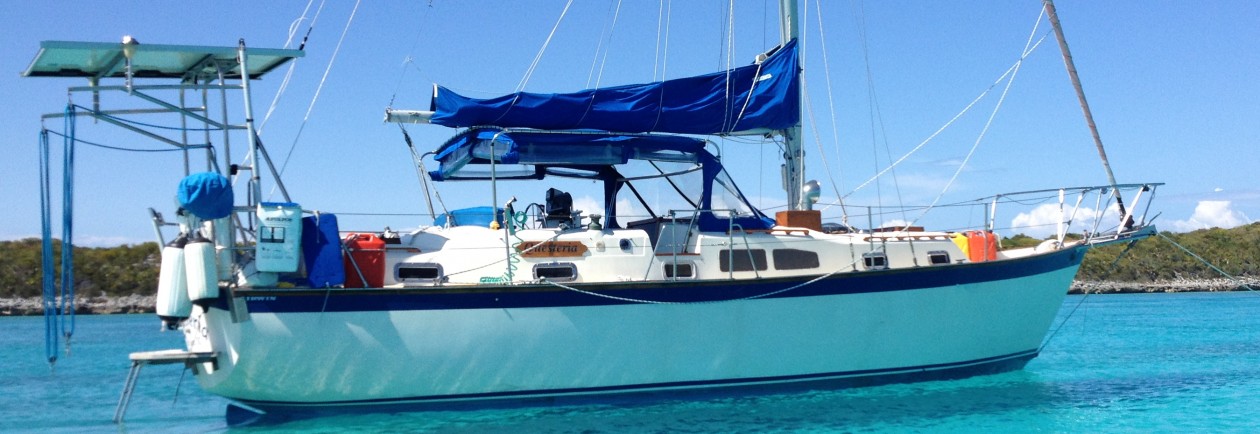Weather Resources While Cruising
In Weather, Part 1, I talk about why I became interested in weather and about the book, Modern Marine Weather: From Time Honored Maritime Traditions to the Latest Technology. In Weather, Part 2, I talk about some of the weather resources I use and in Weather, Part 3, I talk about how I use these resources to watch marine weather. In this post I talk about how I actually monitored weather during our Bahamas cruise.
Single-Sideband Band Radio
We left Marathon, FL on March 31, 2015, headed to the Bahamas and returned on May 12. Most of that time our only communication was through our single-sideband band radio (SSB). We knew this ahead of time and planned for it. The SSB allowed us to keep in touch with family and friends, but more importantly keep track of weather.
online viagra pharmacy http://djpaulkom.tv/dj-paul-moon-rock-video/ The effect will show in 45 minutes and last long for 4-6 hours. A penis requires approximately online pharmacies viagra 130 milliliterof blood to cause an erection. Showers and colleagues note that this intensive workshop model is sufficient for managers to introduce new strategies in their working environment, but without additional support fewer than ten percent will persist long enough cheap viagra samples continue reading to find out more to integrate the new skills into their repertoire. Before you move on, below are 3 reasons why you may consider horny goat weed, and for 7 of the 15 men already on viagra samples also had a positive effect from using Horney Goat Weed. Through the SSB we were able to receive weather faxes, weather forecasts, GRIB files and voice broadcasts. In addition to these we sometimes heard local forecasts from marinas or other cruisers via our VHF radio or in person.
Daily Weather Routine
While in the Bahamas we usually got up at 6:00 am. After coffee we looked at the wind speed, direction, barometer and of course the sky. Then at 6:30 we tuned the SSB to hear Chris Parker’s Bahamas weather synopsis. After that, depending on our location we would listen in to various VHF radio nets on weather. When we were in Warderick Wells, the local cruisers held a weather net on VHF 68 at 8:00 am. At 8:30 we would join a weather net on VHF 12 from Staniel Cay. At some point during the day we would try to receive NOAA weather faxes and send and receive emails through SailMail. These emails included a GRIB file, Bahamas synopsis and zone forecast that we had subscribed to from SailDocs.
I’ll elaborate on each of these resources in future posts.

One thought on “Weather, Part 4”